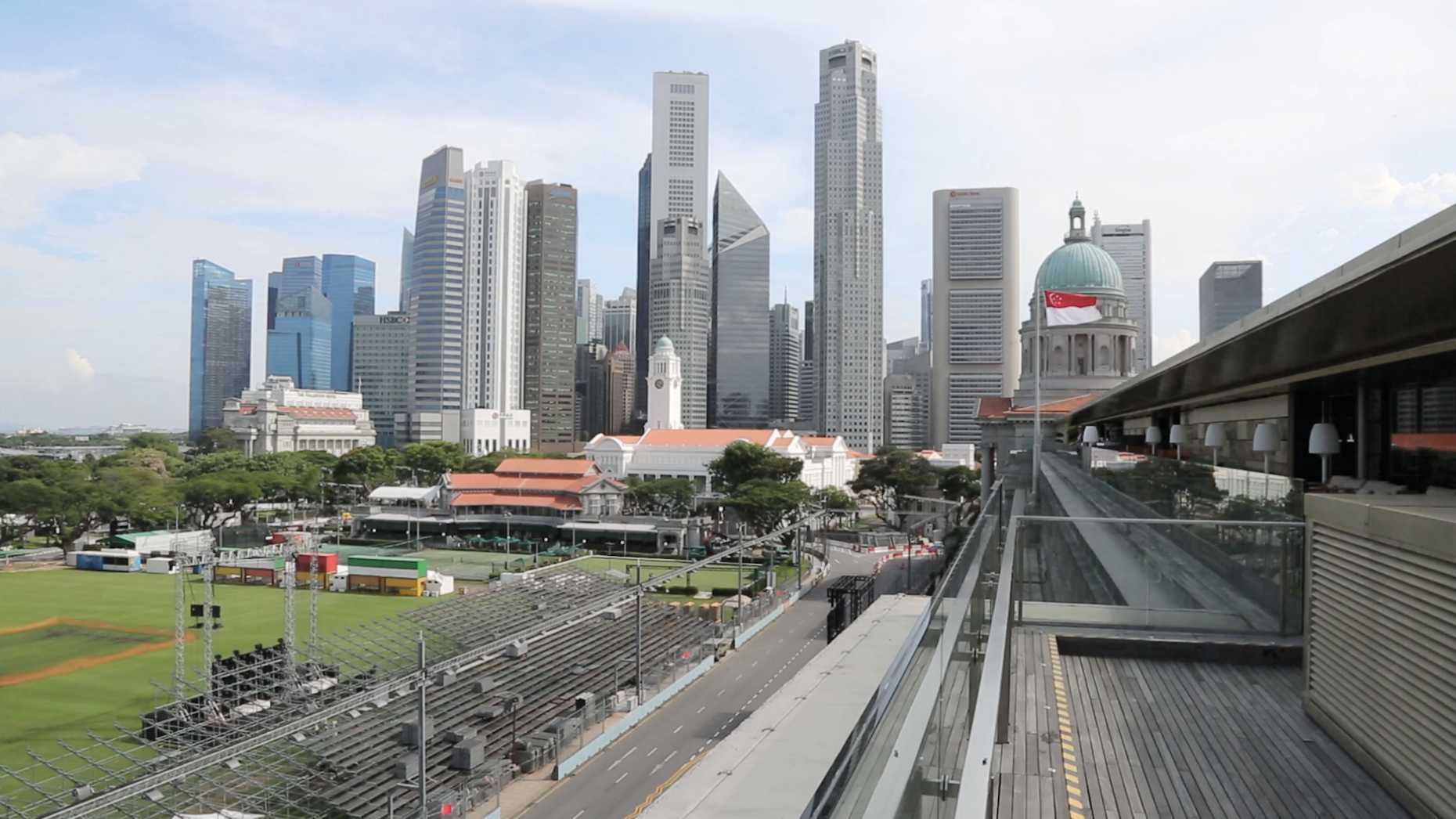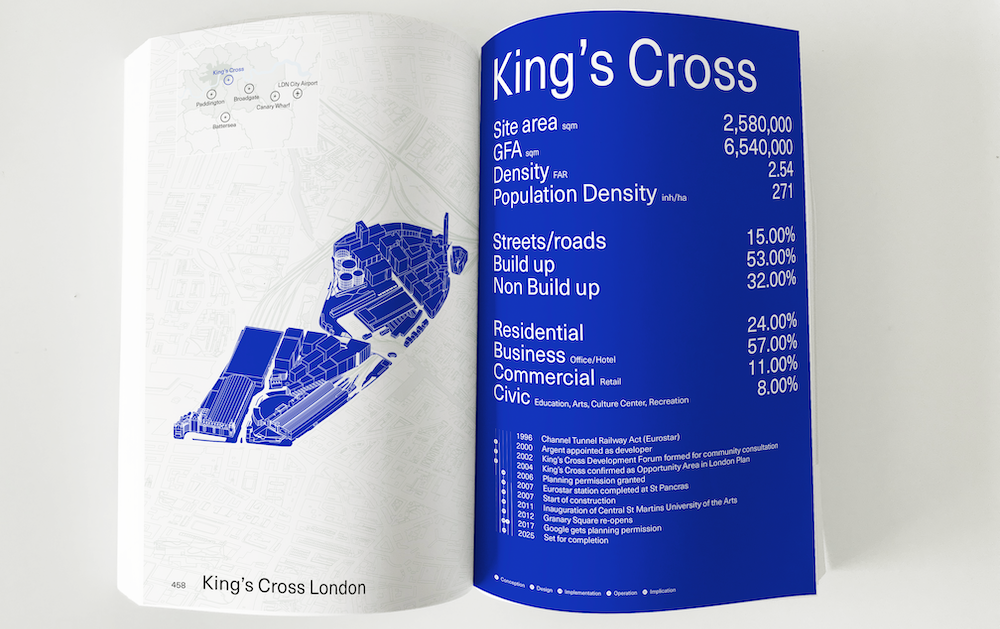The Grand Projet: Towards Adaptable and Liveable Urban Megaprojects

Exploring the characteristics and mechanisms and implications of large urban projects as agents of development and redevelopment in contemporary cities.
Large-scale urban projects have become major drivers of urban renewal in cities around the globe. High-density, mixed uses and transit-connectivity are increasingly seen as positive attributes for liveable cities from a social, economic as well as environmental perspective. Notably in places where land resources are limited and/or the urban population is increasing expeditiously, large-scale, high-density, mixed-use projects are regarded as a viable way for advancing urban development. These large-scale, master-planned projects — here referred to as Grand Projet — hold answers to some of the emerging challenges related to the future of our cities.
The complexity of Grand Projets in their design, implementation and management processes presents several challenges to studying them. Their sheer size leads to organisational challenges as they are often completed in several phases, in which rearrangements, corrections, additions, and errors occur, frequently with cost overruns. This often leads to the perception of their planning and construction processes being opaque and that projects imply functional compartmentalization and poor quality of public spaces, inhibit social and economic interaction, have negative impacts on their surroundings or trigger processes of gentrification among others.
A comprehensive analysis of Grands Projets requires a research methodology that is able to address their multi-dimensionality. The large-scale of a Grand Projet makes it dependent on multiple parameters of a socio-economic, political and spatial nature. These dimensions are considered key for the social acceptance, economic success, as well as long-term sustainability and liveability of Grands Projets. These dimensions are central in the research methodology that the Grand Projet team has developed for the study of over 30 case studies in Asia and Europe.
This research aims to provide strategies and evaluation parameters to enable future Grands Projets to move towards spatial and strategic planning approaches that will ensure sustainable and liveable urban environment.
In parallel to the comparative research on Grand Projets, our project also develops —as part of the FCL Scenario 1— several disciplinary integrated design-based scenarios for the Tanjong Pagar Waterfront, an area that will be transformed from the current container terminal activity into a future-oriented mix-use quarter in Singapore.

